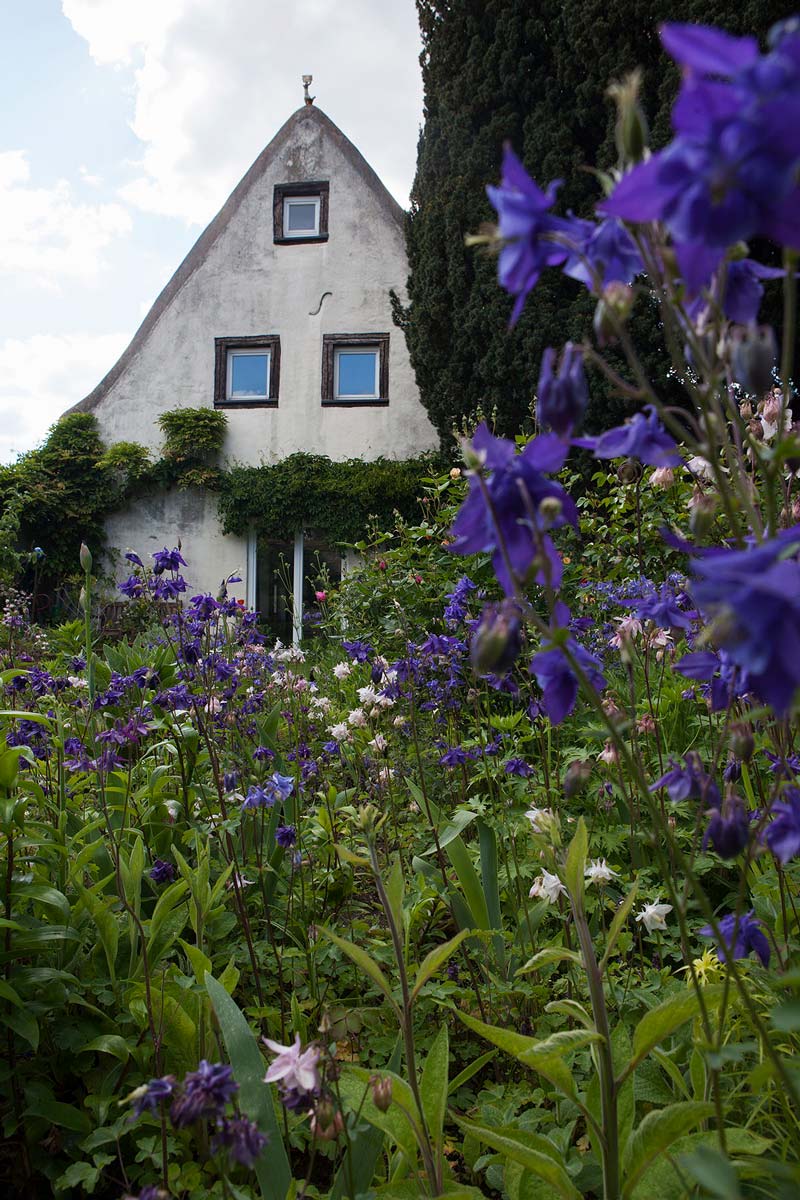Encounter. Hochheim welcomes Japan
min
Reading Time
Rosemarie Jäger’s gallery is playing host to the Land of the Rising Sun: Artworks by the young artists Ayaka Terajima and Takayoshi Terajima will be on display in the former wine press house overlooking the river Main. The fact that the ceramics of Ajaka Terajima and the jewelry and metal works of Takayoshi Terajima are featuring in a joint exhibition is in itself a premier.
In Japan, the arts of ceramic-making and metal-working look back on centuries of tradition and mastery, with one exception: jewelry in the western sense and as we know it did not enter the Japanese arts canon until the 20th century. Even though there are fundamental differences between the materials used by the ceramic artist and jewelry artist in question, soft in the one instance, hard in the other, relying on recycled packaging material and making use of Tatami mats, the works of Ayaka and Takayoshi Terajima both share a basic respect for historical tradition and humility towards their artisanship that is translated into a modern language. The two graduates from the Munich Academy of Fine Arts succeed in transporting their craft to the present day in a manner that is almost playful: Like few others their works exude a delight in combining their Asian-Western world and great joy in their craftsmanship. The associated confrontation with and wandering between the worlds ‒ between Occident und Orient, between tradition and the modern world, is not only the starting point for and an integral part of their work but also the decisive aspect which makes their art so unique.
“Like few others their works exude a delight in combining their Asian-Western world and great joy in their craftsmanship. ”

Both artists succeed seemingly with little effort in opening up new paths in ceramics and jewelry respectively for themselves, and consequently for us. Reason enough to premier an overview of the art of Ayaka Terajima and Takayoshi Terajima, whose works have already been included in museums and private collections and honored with various prizes.
“My group of unglazed vessels that are simultaneously over-decorated is the result of a method of working I discovered several years ago and which is inspired by very richly-decorated ceramics from the Jōmon Period (14000-1000 BC.). The pieces from this period are considered to be the oldest surviving ceramics in Japan. They feature distinctive relief patterns reminiscent of strings, shells, and plants. The very frequently occurring ornaments resembling ropes and threads represent snakes, universal symbols of rebirth. Today, scientists assume that this pottery served to collect and store rainwater (moon water), which had a liturgical function at burials when prayers were said for the rebirth of the deceased.” (Ayaka Terajima)
“Japan has a tradition of craftsmanship that has passed down from generation to generation. […] We can truly preserve tradition through contemporary ideas and techniques, by looking at craftsmanship through a modern filter and carefully considering the spirit of the times. In this sense I see my work as reinterpreting traditional metalworking techniques.” (Takayoshi Terajima)